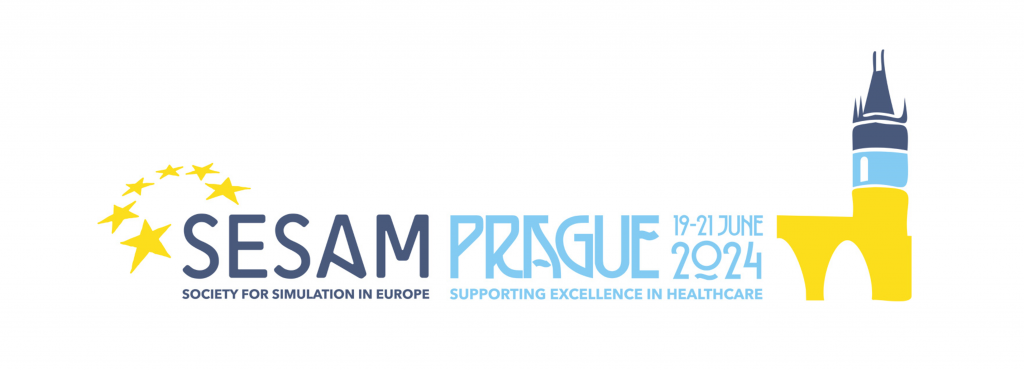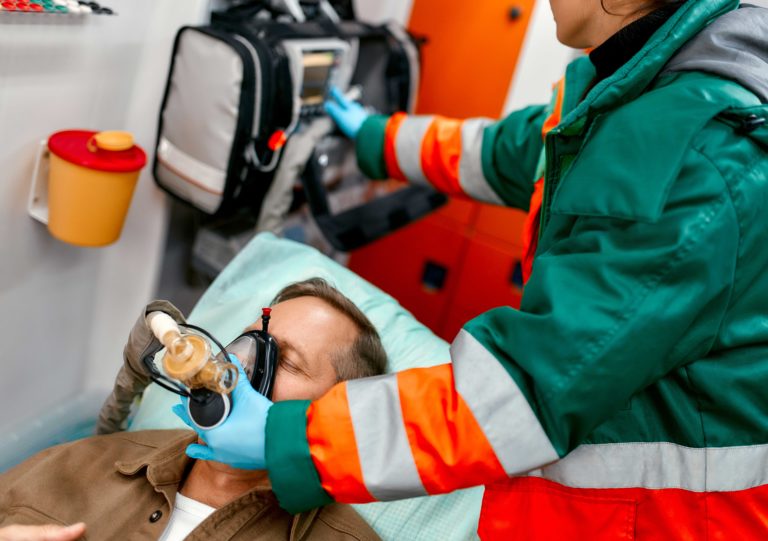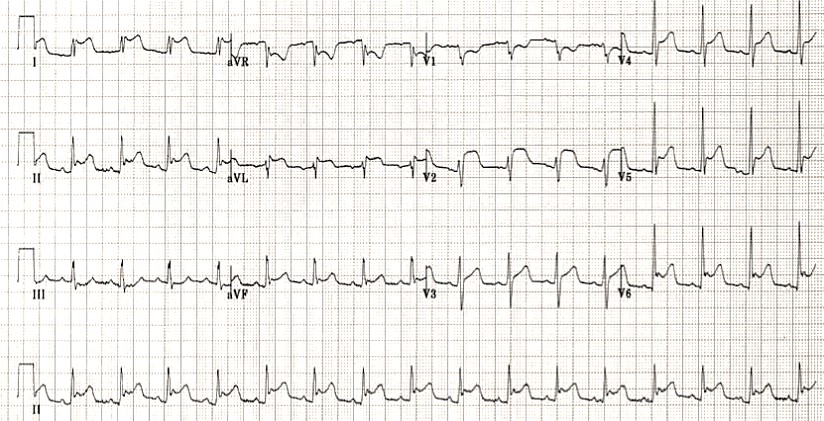Evidence-based medicine

Evidence-based medicine, scientific medicine, medicine based on evidence is an approach to medical practice in which decisions on the use of preventive, diagnostic and therapeutic measures are made on the basis of available evidence of their effectiveness and safety, and such evidence is searched, compared, summarized and widely disseminated in the patients’ benefit.
The difference between evidence-based medicine and traditional medicine is the use of more reliable evidence. The main achievement of evidence-based medicine is the development of systematic reviews and meta-analyzes – methods for the complex analysis of different studies on the same topic, thereby allowing you to highlight the best and conduct a critical analysis for all of them so as to make final conclusions.
Evidence-based medicine involves the intelligent, accurate and fair use of research results based on the best results in the treatment of each individual patient. Evidence-based clinical practice guidelines should indicate the degree of their confidence in the evidence and recommendations. These degrees are commonly referred to as Evidence Confidence Levels and Recommendations Strength Levels, in Roman numerals or Latin letters.
The main trends in the development of biomedical sciences are determined by the following factors:
- globalization of information processes;
- a large number of ongoing biomedical research;
- a wide range of medicines (drugs) in the pharmaceutical markets;
- an increase in the flow of medical information (about 40,000 biomedical journals are published, publishing about 2 million articles annually) (Oxman A., Guyall G., 1988);
- there is an acute problem of rational spending in the health care system.
These main trends determine the following needs of practical medicine:
- the need for a critical assessment of information intended for practitioners and health managers;
- selection of systemic approaches for decision-making in medicine (therapeutic, diagnostic, managerial, etc.).
Consequently, there is a need to generalize biomedical knowledge and to inform the medical community about the results of the latest research.
Principles of Evidence-Based Medicine.
D. Sackett defined evidence-based medicine as the systematic use of the best available evidence of efficacy in the choice of treatment.
The main principle of evidence-based medicine is transparency. Any clinical decision (choosing a treatment option from possible alternatives) must be supported by evidence that can be verified by other people.
The second principle is equality. Authority, status and personal experience should not influence the choice of treatment; such choice should be based on qualitative evidence of the benefits of a particular method.
Clinical research
Evidence-based medicine is based on testing the effectiveness and safety of diagnostic, prevention and treatment techniques (including the drugs used) in clinical trials. Evidence-based medicine practice refers to the use of data obtained from clinical trials in the daily clinical work of a physician.
Evidence levels
In November 1998, a group of researchers including Bob Phillips, Chris Ball, and others proposed a four-level rating system for assessing the quality of clinical trial evidence. Levels are usually designated by Roman numerals (I, II, III, IV) or letters of the Latin alphabet (A, B, C, D). The numbers indicate the level of evidence of scientific research results. The letters indicate the level of evidence of the recommendations adopted.
Class (level) I (A): large, double-blind, placebo-controlled trials, as well as data from a meta-analysis of several randomized controlled trials.
Class (level) II (B): small randomized controlled trials in which statistical calculations are performed on a limited number of patients.
Class (level) III (C): non-randomized clinical trials in a limited number of patients.
Class (level) IV (D): a group of experts working on a consensus on a specific issue.
Table 1. Levels of evidence
| Level | Data Type |
| Ia | Evidence from meta-analyzes of randomized trials |
| Ib | Evidence from at least one randomized trial |
| IIa | Evidence from at least one well-designed, controlled, non-randomized trial |
| IIb | Evidence from at least one well-designed semi-experimental study of another type |
| III | Evidence from well-designed non-experimental studies such as comparative studies, correlation studies, and case-control studies |
| IV | Evidence obtained from expert panel reports, based on the opinions or clinical experience of reputable experts |
Table 2. Grades of recommendation
| Level | Data Type |
| A | Based on clinical studies of good quality and uniformity regarding the specific recommendations, including at least one randomized trial |
| B | Based on adequately conducted but not randomized clinical trials |
| C | Designed despite the lack of directly applicable clinical trials of adequate quality |
Evolution of Evidence-Based Medicine Ideas
The international system of evidence-based medicine is developing exponentially: from the moment of its formation in the early 90s to the present, the number of centers, monographs and forums on the problem is in the tens, the number of publications is in the hundreds. In 1997, the US Agency for Health Policy and Science subsidized 12 such centers for a period of 5 years. These had been created at leading universities and scientific organizations in various states. There is a growing number of centers for specific problems (children’s health, primary care, general practice, mental health, etc.).
The potential for applying the principles of evidence-based medicine in healthcare practice is significant. First of all, their application allows the use of objective criteria for all aspects of pharmacotherapy. The principles of evidence-based medicine make it possible, taking into account the latest and reliable information, to optimize the influence on decision-making of such largely subjective factors as the intuition and qualifications of the doctor, the opinions of authoritative experts, the recommendations of popular guidelines and reference books. Thus, evidence-based medicine involves combining the physician’s individual clinical experience with the best available independent clinical evidence from systematic studies.
At the same time, the principles of evidence-based medicine make it possible to develop the most effective, safe and economical modern therapeutic strategies that can be implemented at the state, regional, population, subpopulation and individual levels, contributing to the choice of the optimal option in each specific clinical case.
Let’s dwell on some aspects of the practical application of the principles of evidence-based medicine. First of all, they are applicable in improving the quality of medical care; thus, the development of clinical guidelines for practitioners and the introduction of standardization systems in health care.
Clinical guidelines for practitioners can improve the doctor’s work in the following aspects:
- definition of the tasks facing the doctor;
- description of the disease (etiology, prevalence, clinical picture, etc.);
- algorithms for diagnostic procedures (examination program, indications and contraindications for the appointment of diagnostic manipulations);
- treatment (tactics, description of specific drugs and therapeutic measures, criteria for the effectiveness and discontinuation of treatment);
- complications, prognosis, indications for hospitalization, dispensary observation, etc.
- Implementation of standardization systems in healthcare:
- the sphere of drug circulation;
- development and application of medical equipment;
- development of a formulary system (protocols for the management and treatment of patients);
- development and use of protocols in insurance medicine;
- determining the relative value of different sources of information in relation to the search for answers to clinical questions.
The use of the principles of evidence-based medicine, international clinical guidelines for a particular nosology is one of the leading principles of creating clinical cases simulators of the “Global electronic database of clinical case scenarios “ClinCaseQuest””
Register on our website right now to have access to more learning materials!
Celebrating a Major Milestone: SESAM Recognizes ClinCaseQuest’s Defragmented Debriefing Model as an Advancement in Clinical Simulation 2024
At ClinCaseQuest, we are thrilled to announce an outstanding achievement in the field of medical…
Acute Pulmonary Edema: Emergency Care Algorithm – Should We Remove or Redistribute the Fluid?
Case Presentation: A 64-year-old man was transported to the emergency department by ambulance due to…
ClinCaseQuest Featured in SchoolAndCollegeListings Directory
Exciting News Alert! We are thrilled to announce that ClinCaseQuest has been successfully added to…
Сounseling a patient with suspected Takotsubo-syndrome OSCE guides
The onset of the consultation Wash hands and put on PPE if necessary. Introduce yourself…
Takotsubo syndrome
Takotsubo syndrome is a condition characterized by the sudden onset of acute, transient (lasting up…
Counseling of a patient with symptomatic bradycardia – OSCE guide
https://clincasequest.hospital/course/interrupted-symphony/ The onset of the consultation Wash hands and put on PPE if necessary. Introduce…








